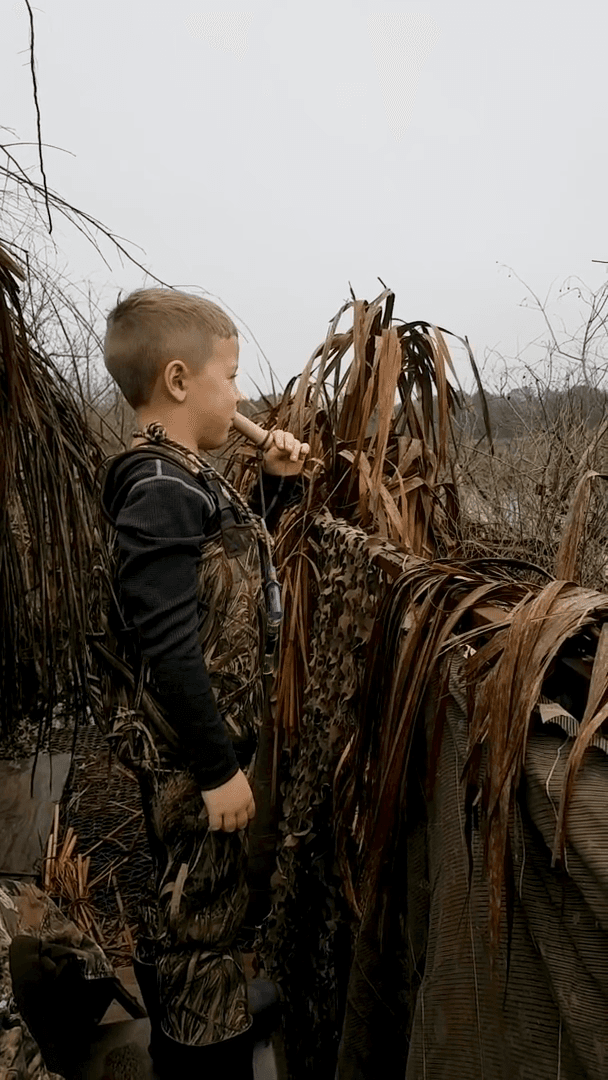
Are you sure you really know how to use a duck decoy (duck call)? If yes, watch this video. Bet this kid can become your guru on this thorny path…
Post: 14 January 00:30

Post: 14 January 00:30

Post: 14 February 17:50

Post: 24 November 09:13

Post: 18 February 21:46

Post: 10 July 19:47

Post: 22 October 03:57

Post: 19 February 23:55

Post: 5 December 09:30

Post: 25 October 18:43

Post: 15 February 20:21

Post: 3 November 18:25

Post: 1 August 22:38

Post: 25 November 14:11

Post: 23 August 07:38

Post: 10 September 06:13

Post: 9 September 05:54

Post: 27 August 10:06

Post: 26 July 21:37

Post: 1 July 12:24

Post: 29 July 11:47

Post: 14 August 12:48

Post: 9 August 18:35

Post: 9 July 05:42

Post: 28 August 08:36

Post: 3 September 09:10

Post: 3 September 07:24

Post: 11 June 14:30

Post: 1 September 13:34

Post: 29 August 13:08

Post: 1 September 09:38

Post: 25 August 08:39

Post: 26 August 21:57

Post: 29 August 07:35

Post: 20 August 10:17

Post: 24 July 21:10

Post: 17 September 08:58